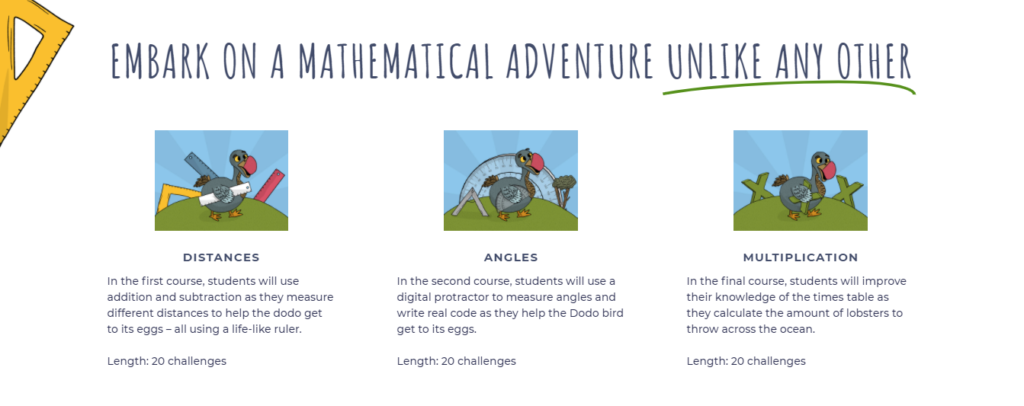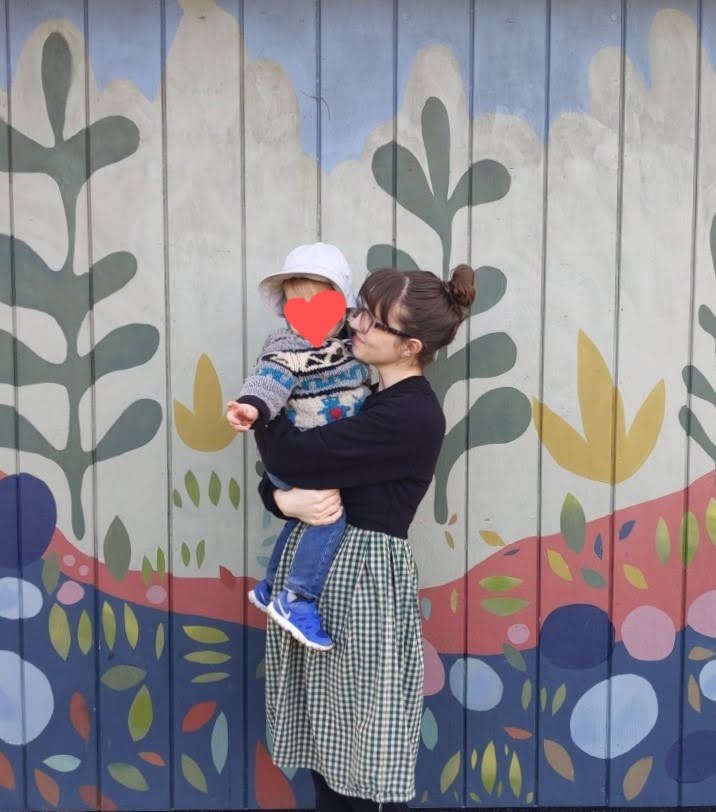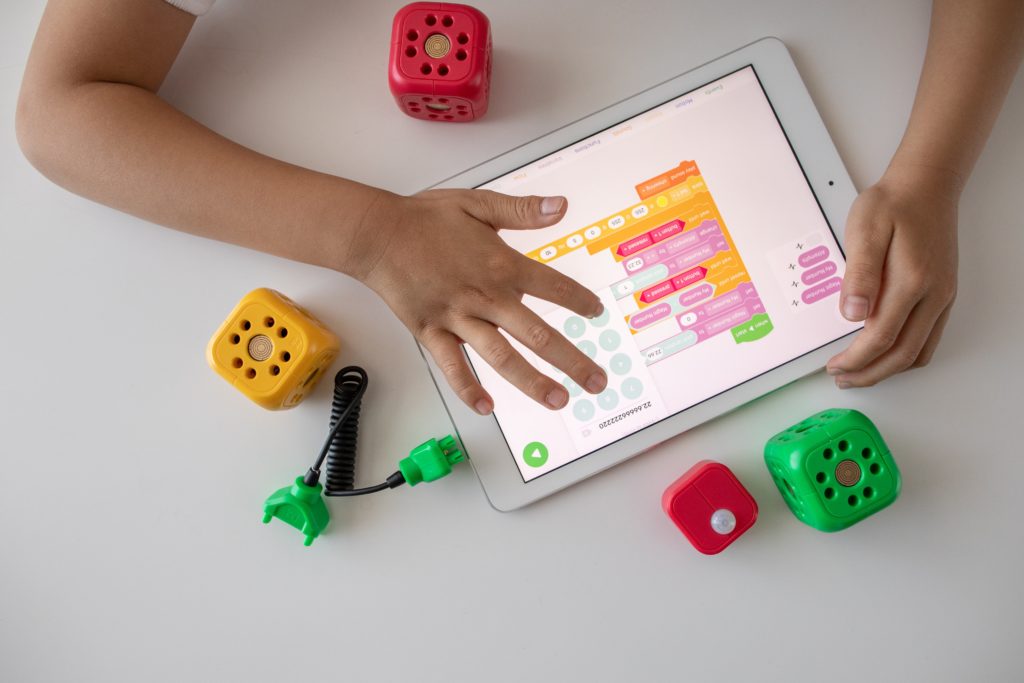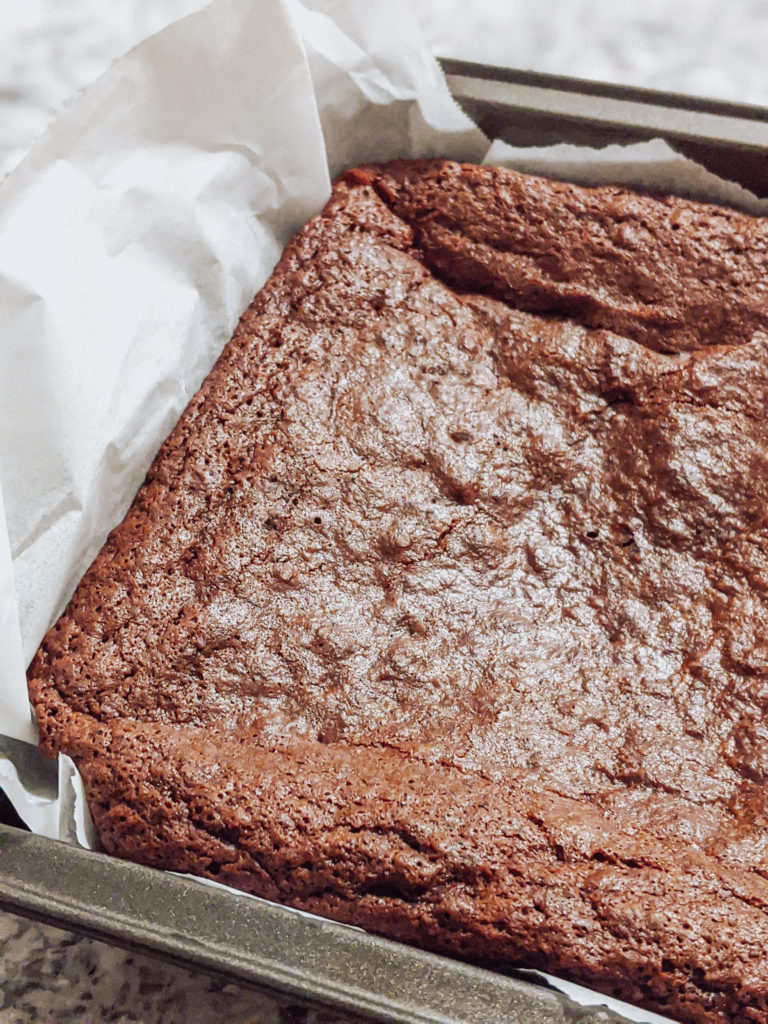As society continues to move toward a more technological future, coding has become more and more prevalent. Teaching coding in the classroom encourages the development of a relevant tech skill that has an ever-growing job sector. Computer based jobs are one of the most rapidly expanding sectors of the workforce, and it’s projected that, by 2026, this sector will have grown by nearly 20% in the past 20 years.
While coding offers the benefits of a new, relevant skill, it is also a medium that can be used to boost learning in other subject areas. Introducing coding at an elementary level promotes math skills (such as problem solving and detecting patterns), literacy skills (similar to learning a new language), and creativity/storytelling skills (through creation in this new medium). Our group has explored these three skills, finding out how coding can be used to teach and develop these areas, thoughtfully and successfully.
Pros and Cons
When introducing a new method, program, or unit to the classroom, it’s important to be able to predict (as best as we can) the effects it will have, whether positive or negative. Through our research, we’ve compiled a list of pros, cons, and risks to keep in mind when deciding if coding is right for you and your students.
Pros:
- Coding develops thinking skills. It requires high levels of activity in multiple areas of the brain and develops logical, process-oriented thinking.
- Coding develops creativity. Working on coding projects inspires imagination. It challenges kids to think outside the box and solve problems in a creative way.
- Coding builds confidence. Designing and implementing coding projects from scratch and sharing self-made products with family and friends, allows every child to experience the feeling of success.
- Coding contributes to success in other fields. Learning to code provides a new way of thinking about abstract mathematical concepts. It encourages creative thinking. It teaches students a new, highly logical way of communicating. As a result, it supports student success in such diverse fields as math, art and reading comprehension.
- Coding leads to innovation. Coding is everywhere. It has revolutionized the way we consume knowledge, work and connect with people. Learned at a young age, coding gives young people the tools they will need to play an active role as innovators in this new digital world.
- Coding is best learned at a young age. Learning to code is often compared to learning a new language; Kids learn faster, understand better and absorb more when they’re taught coding at a young age.
Cons:
- The programs selected and the way they’re used must be intentional – not simply coding for the sake of coding. Educators must be careful to plan clear objectives.
- It adds additional screen time to the students’ day.
Risks:
- Just like with any tech, glitches or programs being down is always a risk.
- As with any medium, overuse can make students’ attitude towards it negative.
So you’ve decided coding might be the right fit for your classroom… now how do you integrate it to get the most out of it?
Math
It’s no surprise that math is not everyone’s favourite subject – between the abstract concepts, often dry material, and traditionally pen-to-paper style of teaching, it can be a tough subject for many learners who don’t connect well to that.
Visualization of abstract concepts: Math concepts are abstract and often difficult for students to grasp. Trying to make sense of imaginary numbers and imaginary operations can be a lot for students to take in and work through, especially if it’s new info or if they aren’t able to make sense of the concept. This unfortunately common confusion can be enough to turn students off math altogether. Coding, like manipulatives, is a great tool to be able to make this abstraction tangible. Being able to represent numbers and operations (actions) through visuals can help students makes sense of what they’re doing.
Problem-solving and critical thinking skills: Coding is an applied way to teach mathematical thinking. Like putting together a puzzle, it requires educated guessing, reasoning, analysing the data, and problem solving to get the desired result. Students are required to make sense of the given data and work through it using applicable strategies to reach their end goal. These opportunities to build and practice their thinking skills can easily be exercised in a more traditional math lesson, benefiting all types of math instruction.
Math made fun!: As mentioned before, it’s no shock that math is not every student’s favourite class. Here’s where coding comes in… it offers a huge variety of programs, games, and tools to take a (potentially) dull subject like math and flip it on its head. Using the same ideas that are in an elementary math lesson, coding programs disguise these concepts as creative games that students WANT to play!
Motivation: Piggy-backing on the fun of coding, these programs create very real motivation for your students to continue practicing their problem-solving. In the style of many electronic games, there are rewards, levels, and pay-offs for completing tasks and quests. I’m sure many of us know from our own experience how much of a hook succeeding in games can be. This feeling of accomplishment within the programs can create a hunger for more challenges, bigger projects, and (secretly) more math!
A fantastic program I found through Code Monkey is the game Dodo Does Math. This is a great fit for a grade 2-4 classroom, as it uses the following concepts, all while introducing coding in a simple and fun format.

Literacy
It is said by some that “coding is the new literacy”. The function of literacy is to engage in new ways of thinking and new ways of communicating and expressing ideas. Much like coding, developing literacy requires obtaining new skills.
When learning a language, one learns how to speak and listen. When learning text, one learns to read and write. However, when learning computers, one only learns how to use them, not program them. Most rules of the digital world are made by others, so we don’t really know how to create it.
Teaching coding is not a new idea, and the workforce desperately needs coders. Being familiar with coding will help kids to navigate and understand an ever changing digital world. Learning coding teaches kids how to break down big ideas into something that is easy to understand and communicate. It helps them to understand how the smaller parts of something fits together to form the whole.
The downside to learning coding, however, is that technology changes very quickly and nothing is the same for very long. Even though it is a useful skill, no one will ever be able to be entirely up-to-date because there will always be a newer and faster way to code.
Coding, like learning a new language, takes a lot of time and patience. There a few ways that kids can learn how to code. Scratchjr allows kids to create their own video game worlds by breaking down the different parts. It is a great way to boost their creative thinking. There is one mini game on the website called ‘conversation’ in which kids must type in messages and send them around their virtual classroom. This can help to prompt their spelling, grammar, and coding fluency. There are also several coding camps that people can take, which range from absolute beginner to much more advanced, on a variety of subjects, including literacy.
Creativity & Storytelling
Coding can give students a whole new realm to create in. The endless possibilities that come along with coding gives students room to grow rather than stunting them. This is one of the very few resources that allows us educators the opportunity to never have to worry about saying no. Coding leaves the door to imagination land completely open for students and all they have to do is figure out how to do it.
Creativity in Coding: Coding teaches students to experiment, explore their ideas, question their assumptions, make mistakes, and learn how to fix them. Teaching students to persevere when their ideas are met with a roadblock helps the overall growth of creativity as skill. Coding sites, such as Scratch, are providing the kind of technical, creative, and social support needed for adolescents to develop skills and discipline their creative imaginations. Using sites such as Scratch has students spending time reaching the outcome they are looking for, therefore, teaching students patience in terms of work. This can be an extremely useful tool as students develop their creative minds. If children are taught that they can figure out ways to bring their ideas into existence no matter how many roadblocks are thrown at them, then we will produce a generation that finds solutions to anything they are passionate about. These types of skills also help children follow through with things such as school work or chores at home. Coding skills help students pursue their creativity, which I believe is reason enough to introduce it into the classroom.
Storytelling Skills:
Sequence and Structure: Of course, sometimes there is not always space for just creativity alone so we must also take into account just how much coding helps students learn the importance of sequence, structure, and clarity of expression which is crucial in storytelling. When students work on a coding project they must set up the codes in a way which will allow what they are working on to play out sequentially. Scratch is a great way to have students work on a sequential, structured story. In the program Scratch students must place coding blocks in the correct order so that the story they are creating plays in the way which they please. If they place a block in the wrong spot it can quite often mess up most of the story they are working on. Students learning to deal with programming aspects such as debugging scripts and coordinating coding sequences are a big part of a story’s success. The program Scratch will help students learn how to properly set up their stories in a way which makes sense and can be understood by all.
Clarity of Expression: Students can learn clarity of expression by using coding as they need to know exactly what they want their characters to do. Once they know what they want their characters to do then they can start creating the story. I imagine the first part of the story coding process would be some sort of brainstorming activity which also seems to be the first step in writing a story most of the time. If the younger grades have trouble with a brainstorming activity then you could also have them work in pairs to draw out their story and create it together. As many stories that are coded will not work if students are not clear about their intentions this will have students reflecting and finding the parts of their stories which are not clear enough to be understood by others.
This video includes a quick tutorial of simple ways which students can use the program Scratch to express their creativity and storytelling skills
There is a reason coding has become more and more popular in schools. From creativity and perseverance, to logical thinking and problem solving, the benefits of introducing coding in the elementary classroom are diverse and hugely beneficial across a variety of subjects. While we have only detailed three broad academic concepts, coding programs can be successfully related to almost any curricular content out there. If you have not already, it’s absolutely worth looking into how to introduce this relevant skill to your students, opening up a whole new world of learning for them.
References
Read More









